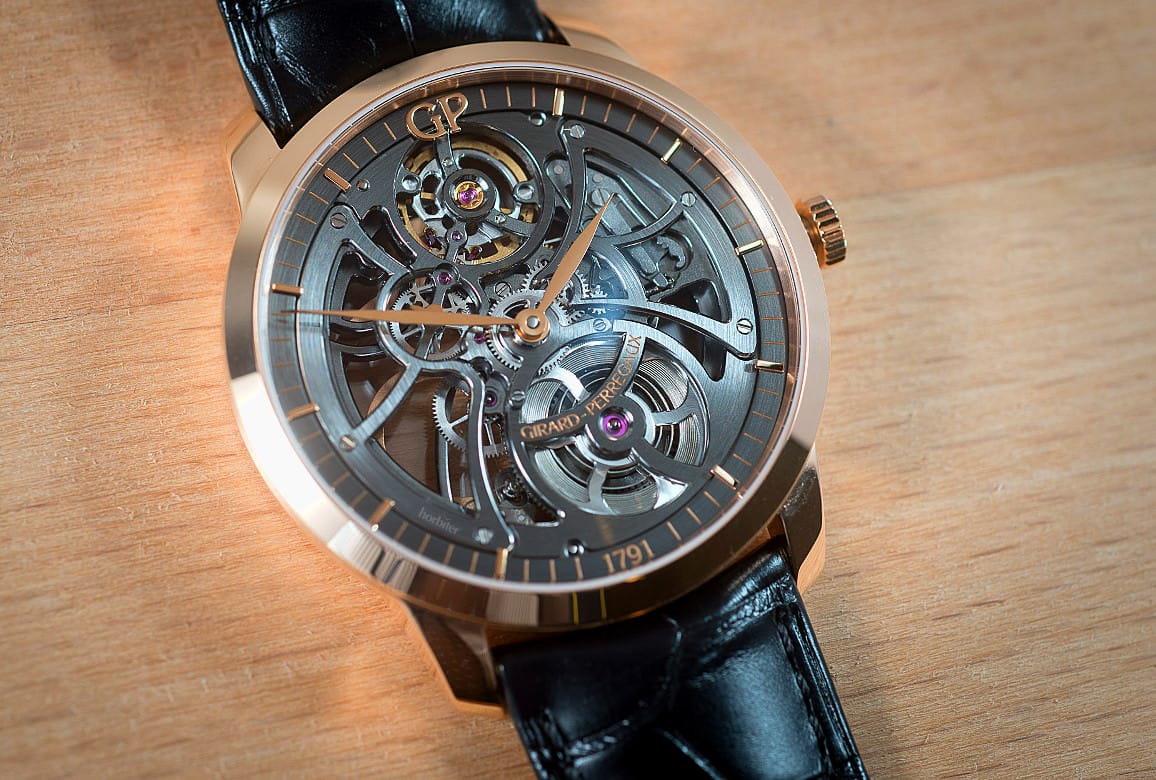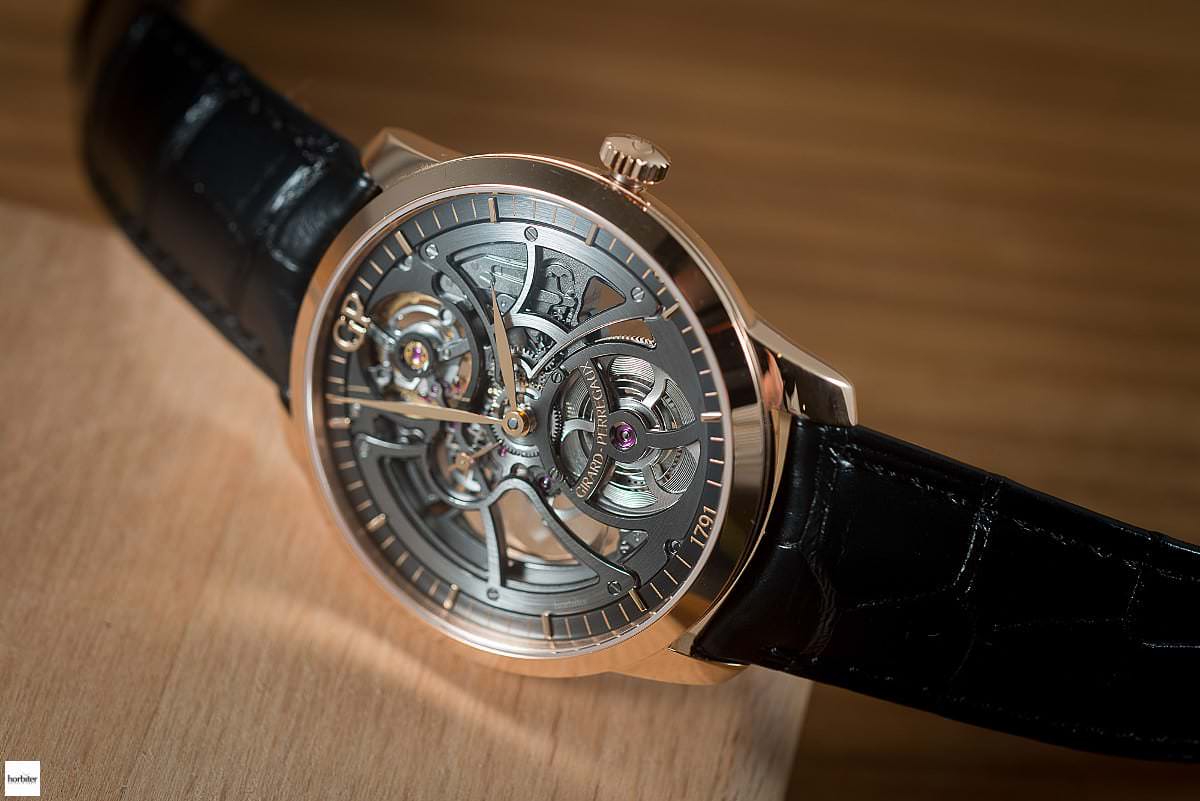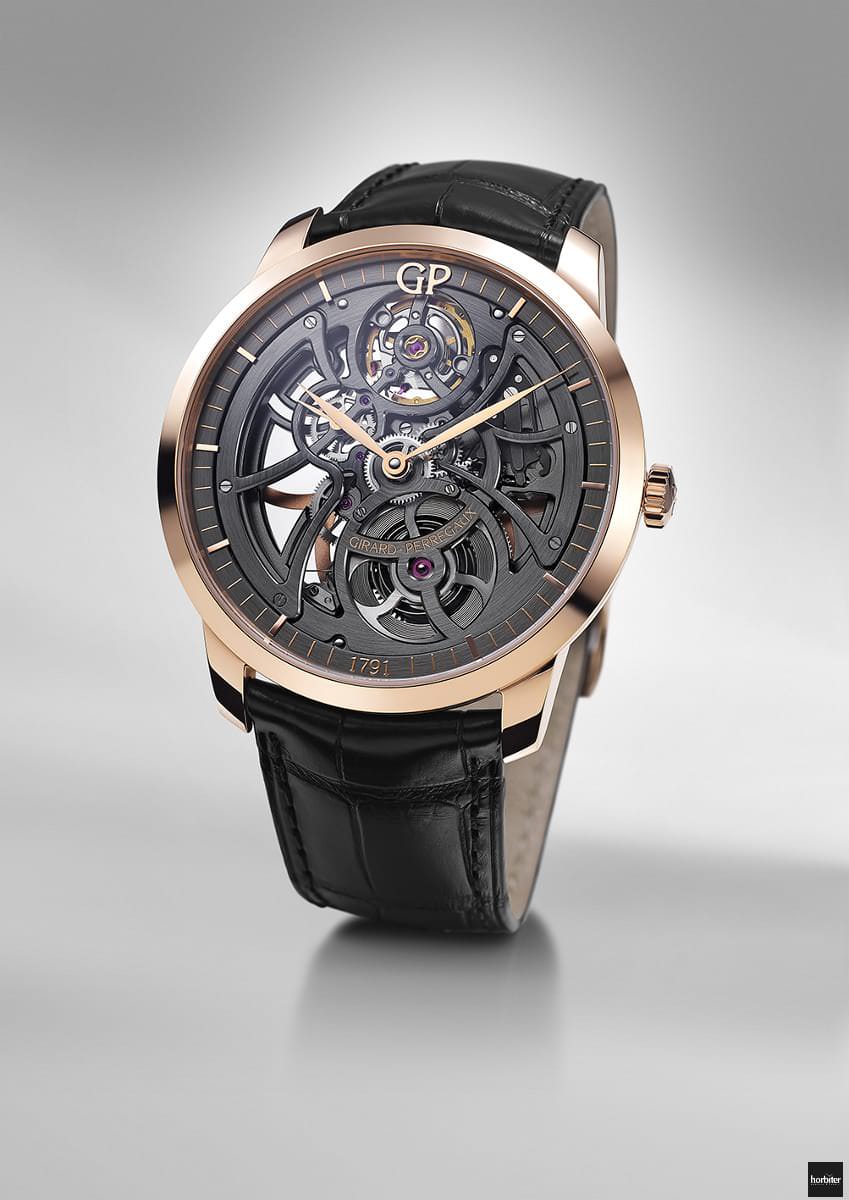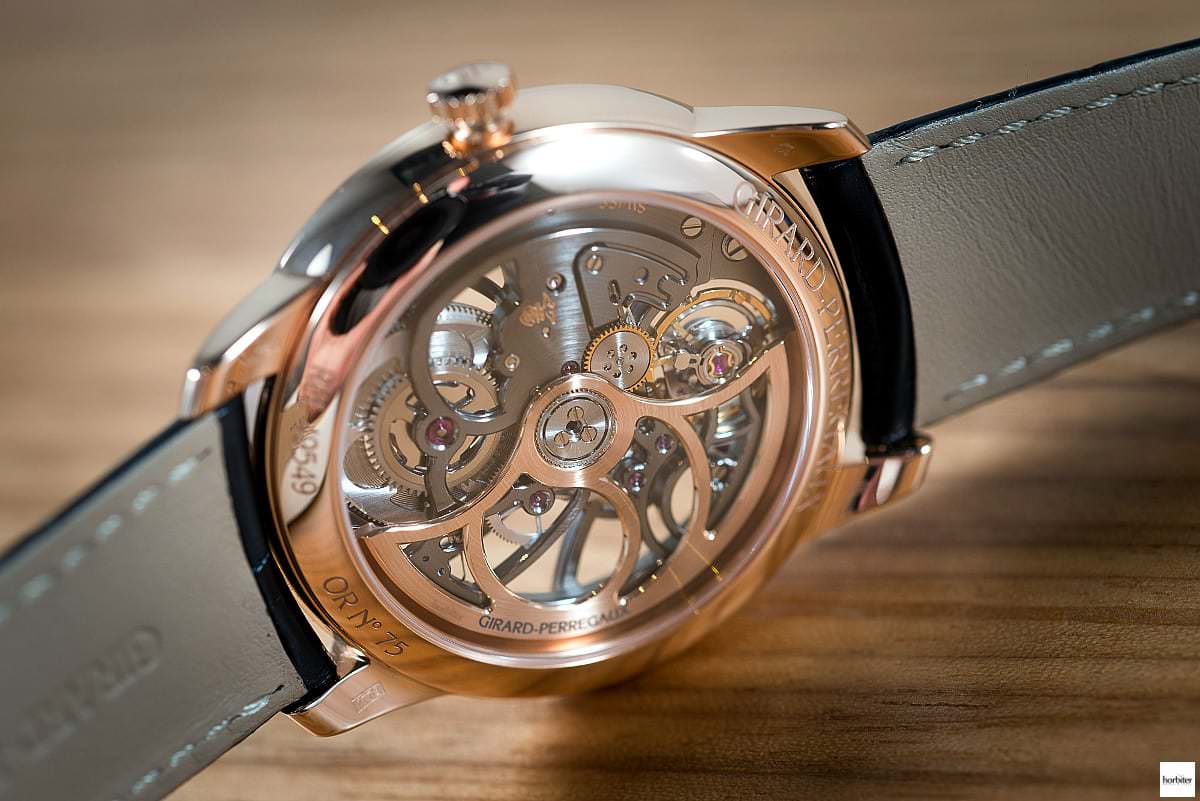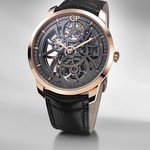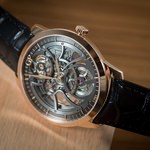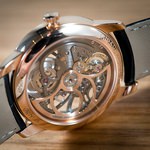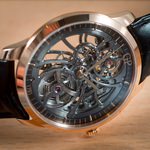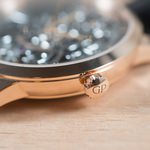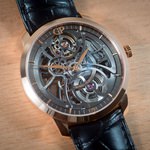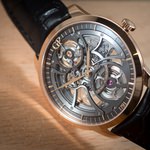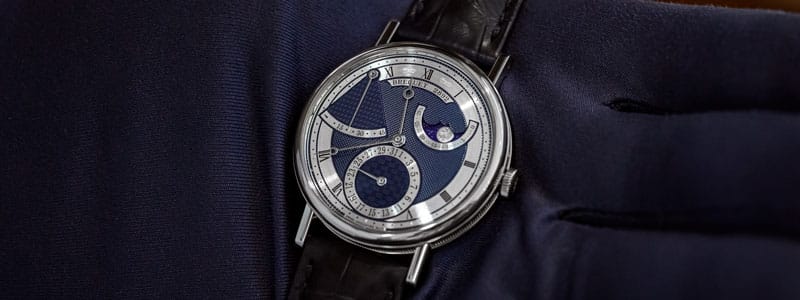Girard–Perregaux are injecting new life into their new 1966 collection. They broke a taboo and have released, for the very first time, a 1966 timepiece made of stainless steel (please see our article and pictures about it at the Artissima fair in Turin on here) and this year they will release three new pieces too, the size of the case of the 1966 steel will reach 44mm of diameter, a piece of news that hasn’t received considerable echo but that actually represents a revolution for the brand and it is also a very good piece of news for those who have ever dreamt of owning a 1966. The manufacturer has given a boost to its creativity and profile and is clearly working on achieving a different vision of complicated watches, like, for instance, the Girard–Perregaux 1966 Skeleton.
(Photo credit: Horbiter®'s proprietary photo-shooting)
Gaetano C @Horbiter®

